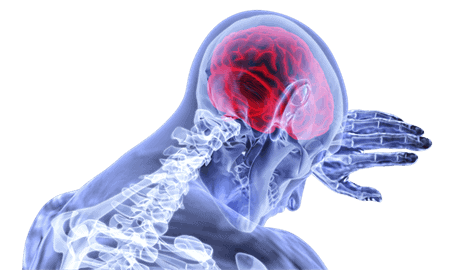Just about every day, there’s a new headline about this or that factor possibly contributing to Alzheimer’s Disease. Is it genetics, lifestyle, diet, chemical exposures, something else?
The sophisticated answer is that it’s probably ALL of those things working together in a very complicated formula, says Alexander Kulminski, an associate research professor in the Social Science Research Institute. And it’s time to study it that way, he and his colleague, Caleb Finch at the Andrus Gerontology Center at the University of Southern California, argue in a recent paper that appears in the journal Alzheimer’s and Dementia, published by the Alzheimer’s Association.
“Life is not simple,” Kulminski says. “We need to combine different factors.”
“We propose the ‘AD Exposome’ to address major gaps in understanding environmental contributions to the genetic and non-genetic risk of AD and related dementias,” they write in their paper. “A systems approach is needed to understand the multiple brain-body interactions during neurodegenerative aging.”
The analysis would focus on three domains, Kulminski says: macro-level external factors like rural v. urban, pollutant exposures, socio-economcs; individual external factors like diet and infections; and internal factors like individual microbiomes, fat deposits, and hormones.
That’s a lot of data, often in disparate, broadly scattered studies. But Kulminski, who came to Duke as a physicist and mathematician, is confident modern statistics and computers could start to pull it together to make a more coherent picture. “Twenty years ago, we couldn’t share. Now the way forward is consortia,” Kulminski said.
The vision they outline in their paper would bring together longitudinal population data with genome-wide association studies, environment-wide association studies and anything else that would help the Alzheimer’s research community flesh out this picture. And then, ideally, the insights of such research would lead to ways to “prevent, rather than cure” the cognitive declines of the disease, Kulminsky says. Which just happens to be the NIH’s goal for 2025.
If our reporting has informed or inspired you, please consider making a donation. Every contribution, no matter the size, empowers us to continue delivering accurate, engaging, and trustworthy science and medical news. Independent journalism requires time, effort, and resources—your support ensures we can keep uncovering the stories that matter most to you.
Join us in making knowledge accessible and impactful. Thank you for standing with us!

